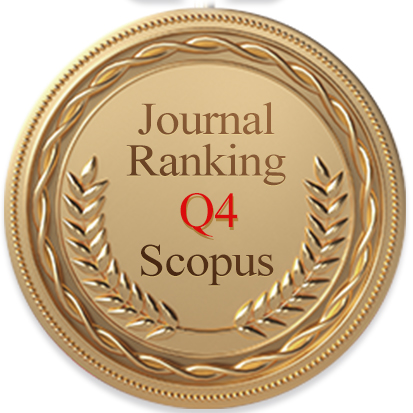Organic farming is frequently associated with claims of more labour requirements than conventional. However, there is a fragmented knowledge about labour use on organic farms in terms of workload, nature and quality of employment provided. In the context of a growing organic demand and a need for more farmers to convert to reach policy targets set by many EU governments, it seems crucial to understand labour trends on organic farms and to what extent labour requirements may hinder the adoption of the organic methods. This paper presents a review of mainly European literature published since 2000. Studies presenting results by farm type usually indicate higher labour use per hectare on organic than conventional arable farms, whereas similar or lower labour use is reported on organic livestock farms, and the results are mixed for other farm types. We have identified in the existing literature two broad dimensions directly related with labour use, which need to be considered in comparative studies, namely farm structure (including farm type, but also farm size and diversification activities), and technical efficiency. These two broad dimensions give us insights into some more specific factors affecting labour use, and how labour is related with productivity and technical efficiency. Overall it appears that claims that labour requirements represent a concrete obstacle to the adoption of the organic methods need to be treated with caution, and more research is needed to understand the role of labour in farmers’ decision to convert to organic farming. The review of the nature and quality of employment indicates positive health effects related to higher satisfaction and lower exposure to pesticides in organic agriculture as the most important advantages for farm workers. Overall, there is limited research on whether the organic sector provides better opportunities in terms of job prospects, wages and employment of women.
















